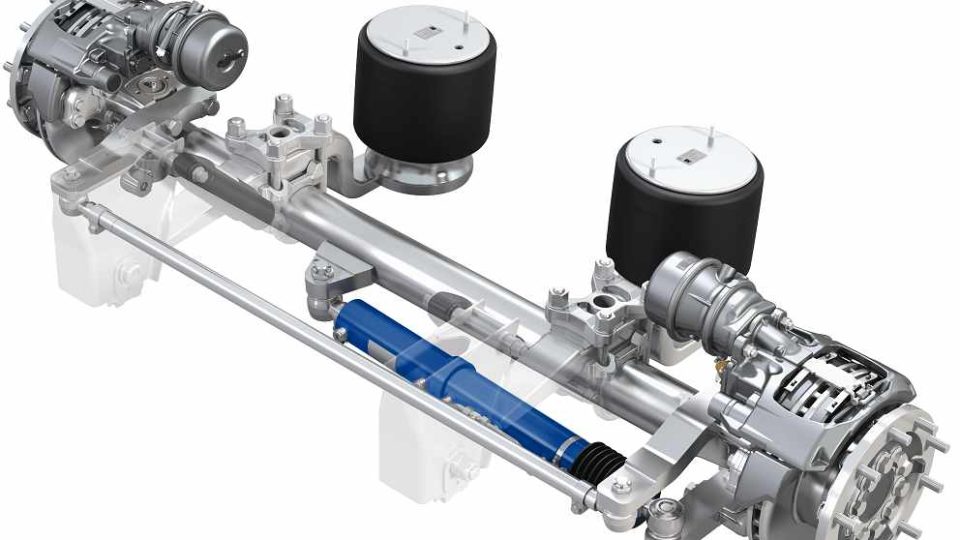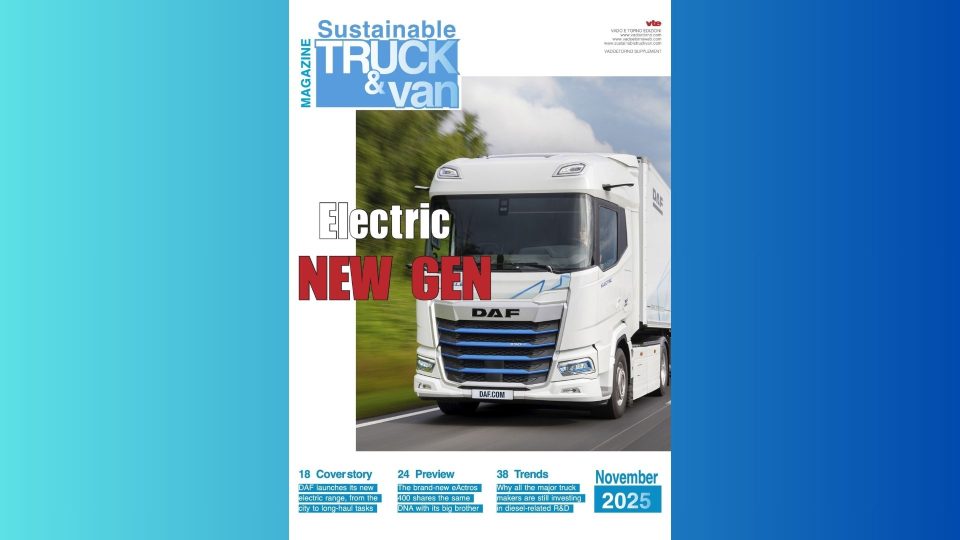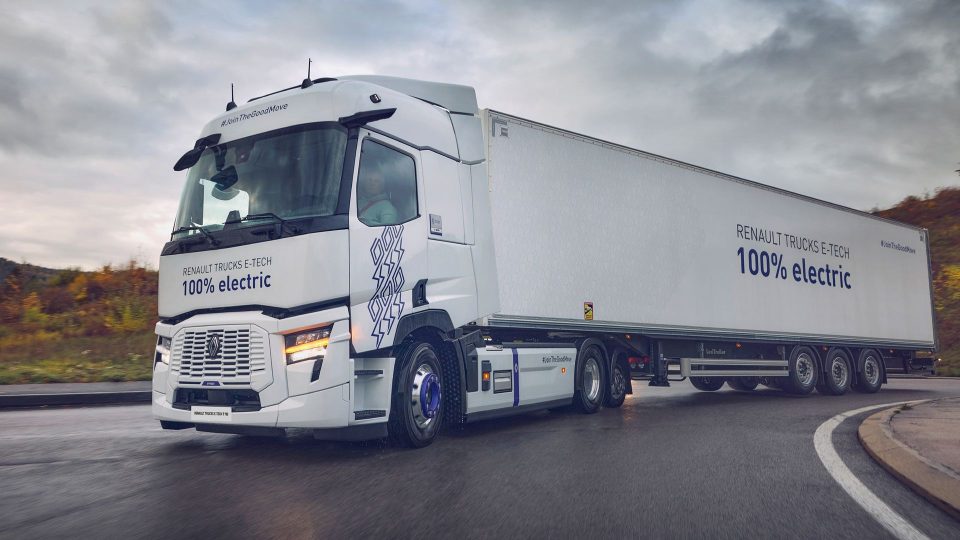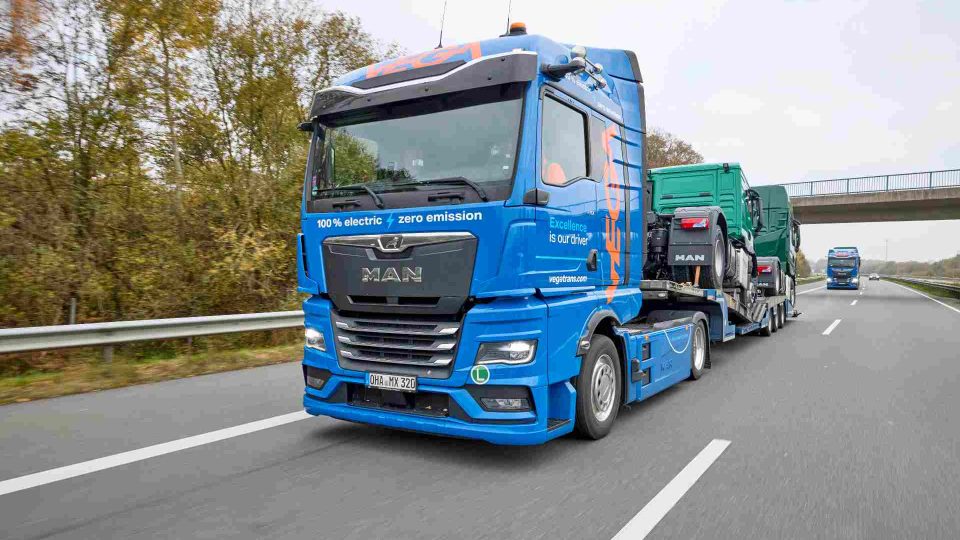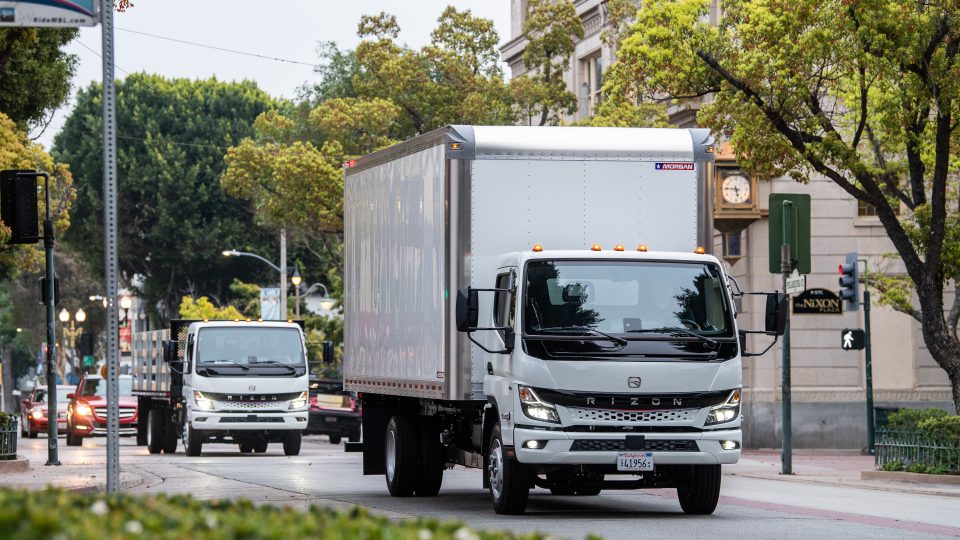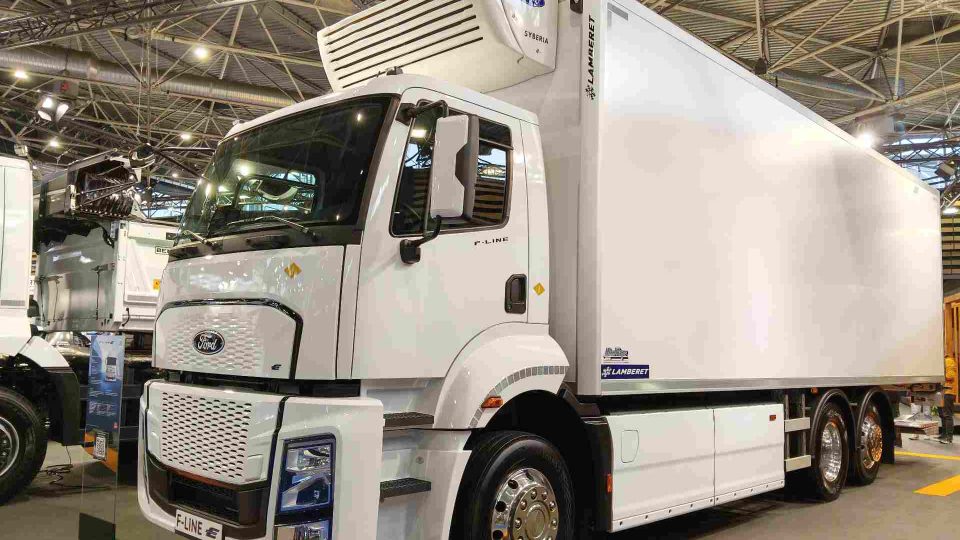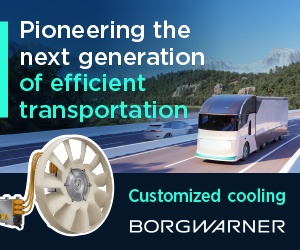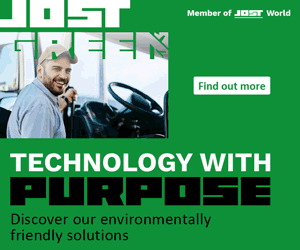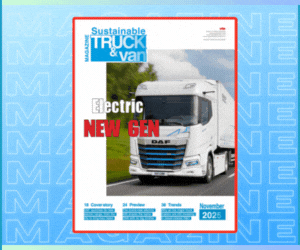Freightliner eCascadia, now also autonomous. Here’s the demo vehicle
The truck is based on a production battery electric Freightliner eCascadia and is equipped with Torc's autonomous driving software and the latest Level 4 sensor and compute technology. This will eventually enable Level 4 autonomous driving.
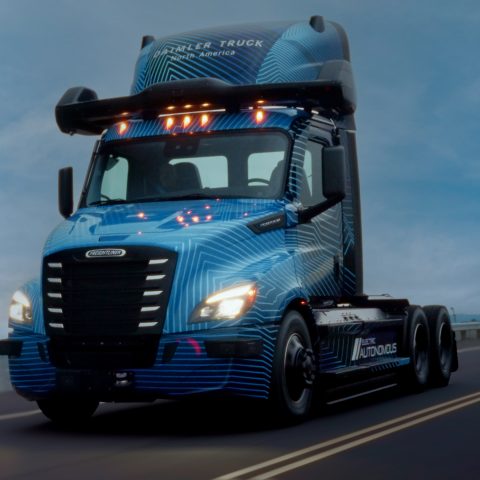
Daimler Truck unveiled the autonomous Freightliner eCascadia technology demonstrator. The truck is based on a production battery electric Freightliner eCascadia and is equipped with Torc’s autonomous driving software and the latest Level 4 sensor and compute technology. This will eventually enable Level 4 autonomous driving. Torc Robotics is Daimler Truck’s independent subsidiary for autonomous virtual driver technology. The autonomous vehicle has the potential to evolve into a modular, scalable platform that is propulsion agnostic for flexible use in different trucking applications.
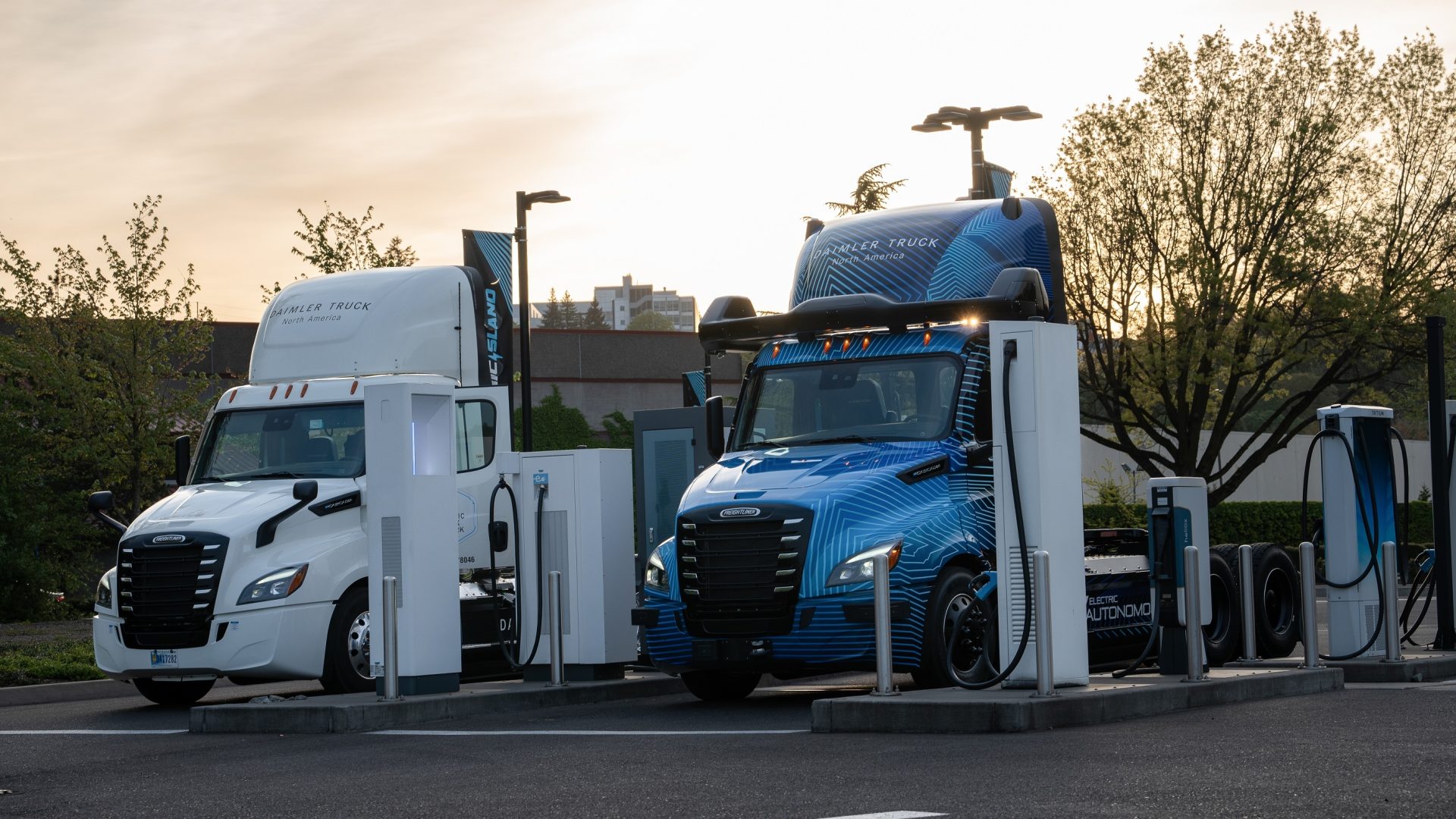
The autonomous Freightliner eCascadia
The battery electric Freightliner eCascadia, a proven vehicle base for the autonomous eCascadia technology demonstrator, went into production in 2022 and has now reached 6 million real-world miles in more than 55 fleets in the United States. The Freightliner eCascadia is equipped with the proprietary Detroit ePowertrain. Furthermore, for added safety on the road, the eCascadia also comes standard with the Detroit Assurance suite of safety systems, including Active Brake Assist 5.
For the first time, the autonomous sensor suite and compute power, currently being tested on the autonomous diesel Cascadia, is packaged to fit the smaller day cab configuration of the battery electric eCascadia. Customized software provides the autonomous system with control interfaces and feedback on vehicle status. The in-house designed sensor bar cover, which incorporates cameras, lidar sensors and radar sensors, improves aerodynamic performance while providing better protection from damage and soiling. Four additional 12-volt batteries provide enough high voltage power to ensure uninterrupted operation and increased efficiency and safety.
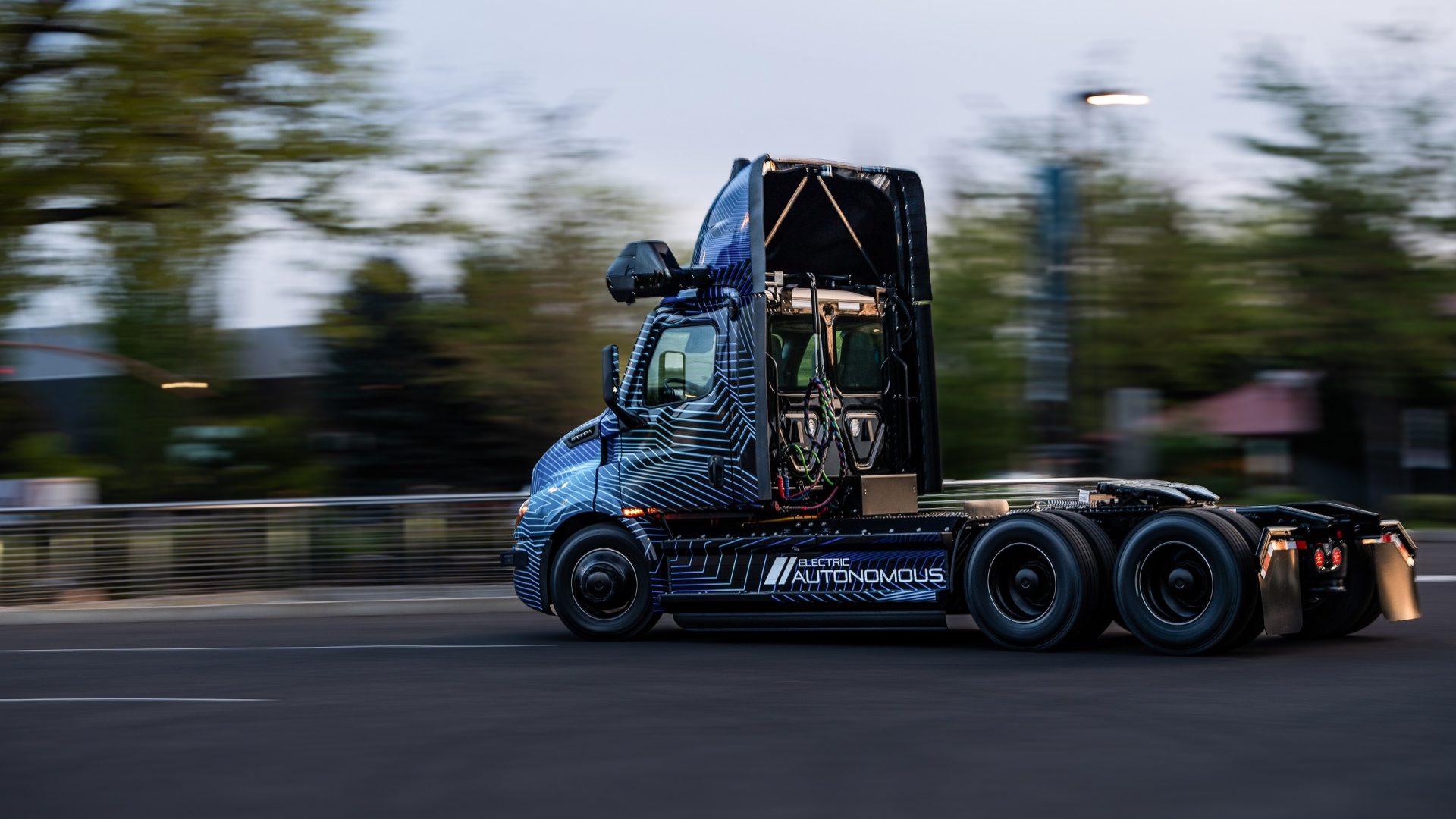
Driving autonomously between freight centers along U.S. corridors
In the currently tested hub-to-hub application, the truck’s intent is to drive autonomously between freight centers along U.S. highway corridors. By identifying synergies between zero emissions and autonomous infrastructure in a future scenario, the charging infrastructure and autonomous freight hubs could be combined to charge and load simultaneously, further enhancing efficiency for carriers.
“By combining zero-emission and autonomous technologies in one product, we are testing solutions for challenges our customers are likely to face in the future,” said John O’Leary, president and CEO of Daimler Truck North America. “We want to give them choices that allow them to do what they do best: keep the world moving today and well into the future. That takes a lot of foresight, questioning, testing, learning, improving and co-creating with our customers years in advance to ultimately find the right solution. This truck is a great example of the beginning of that development process.”



